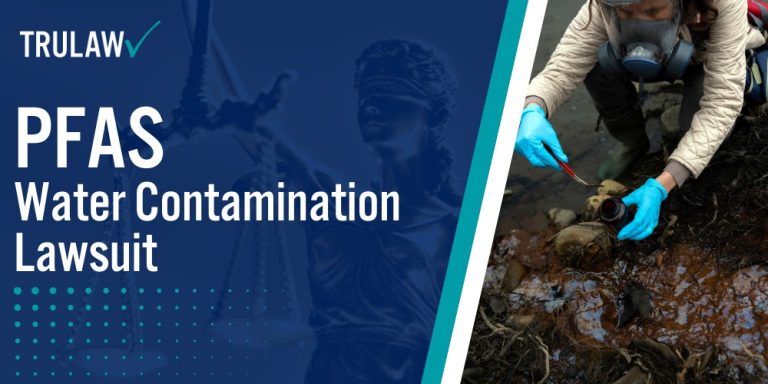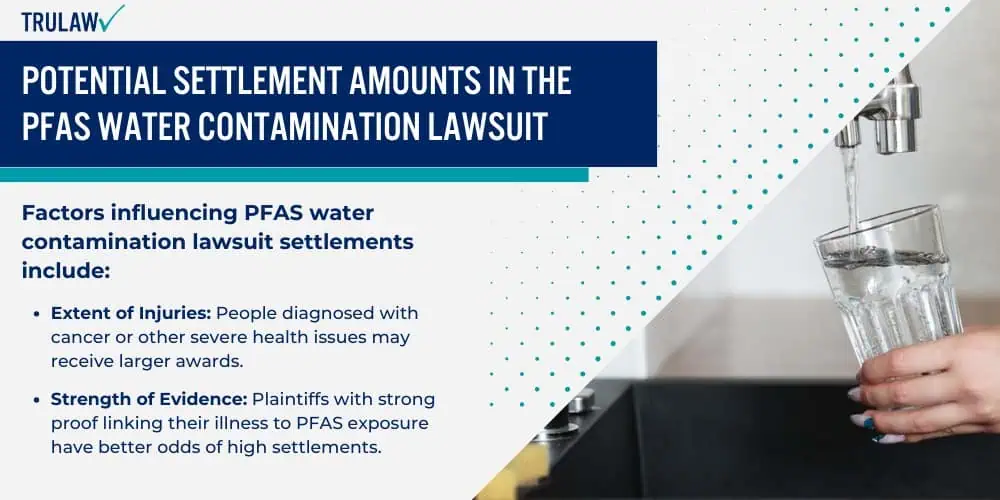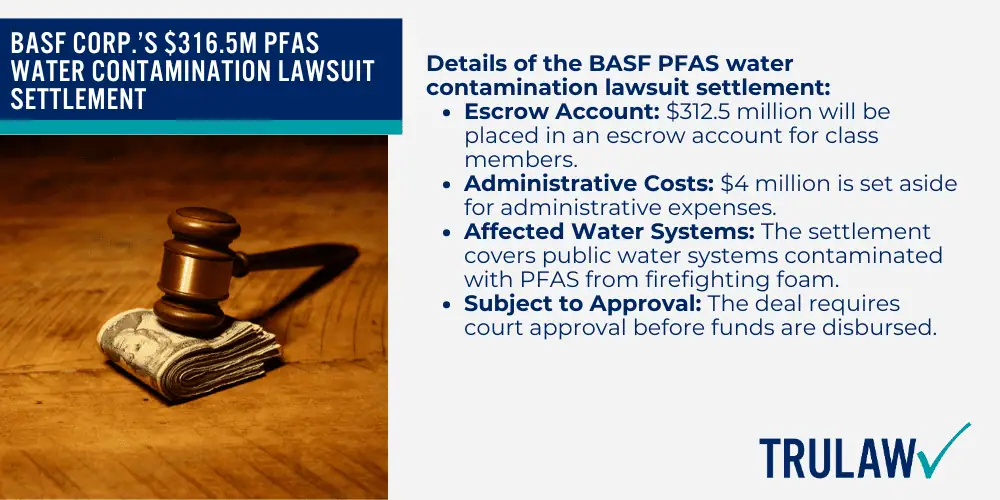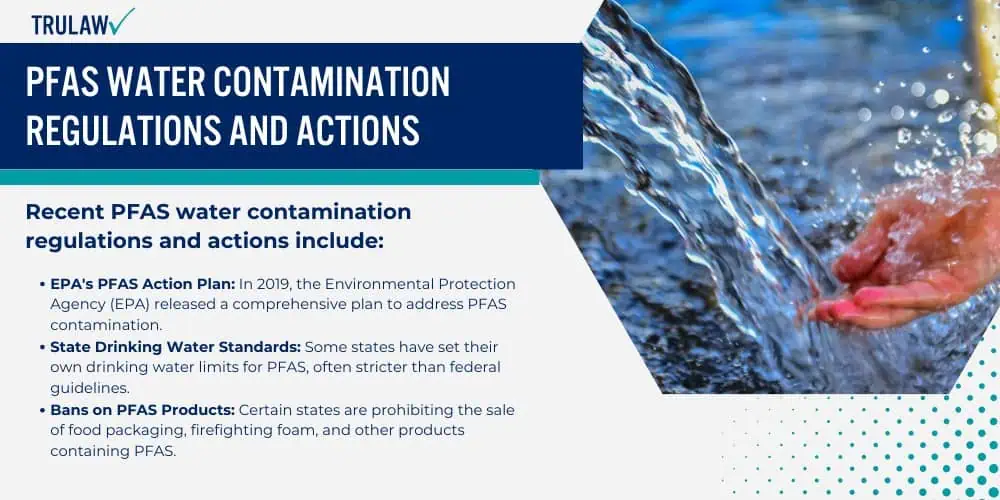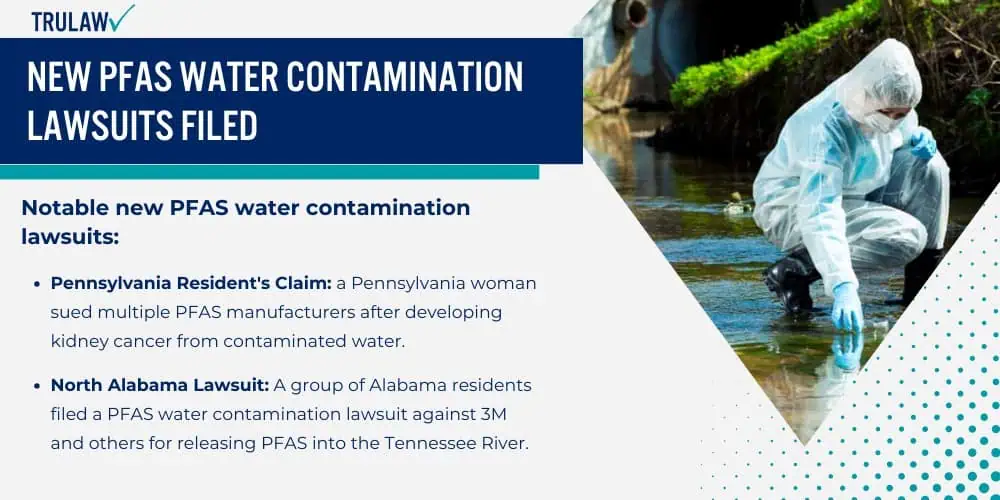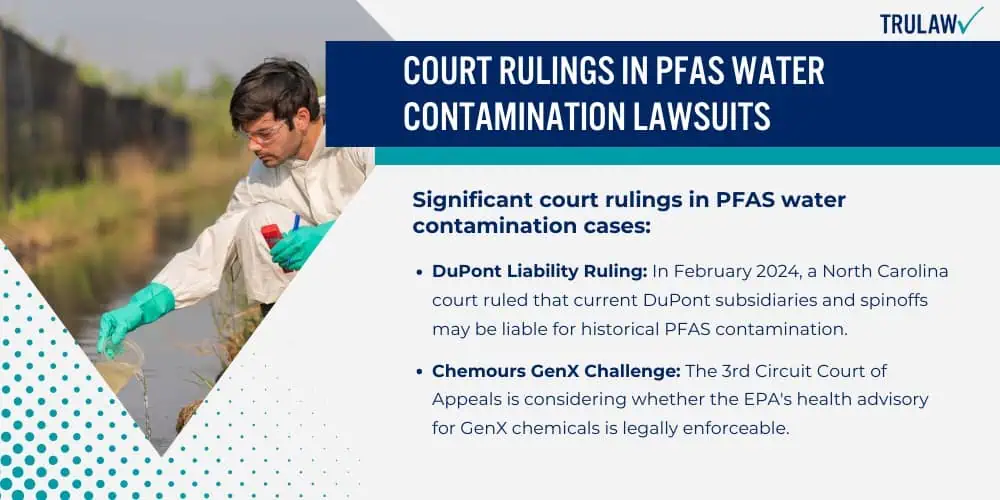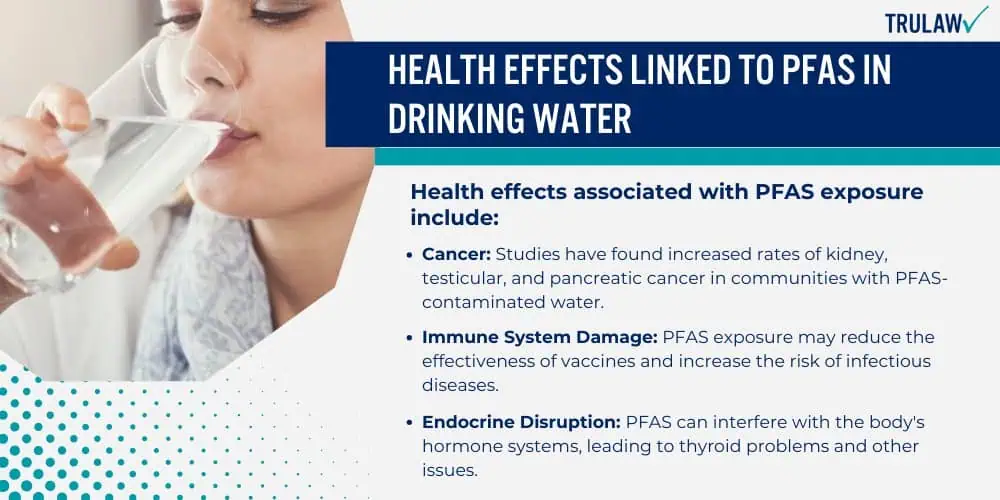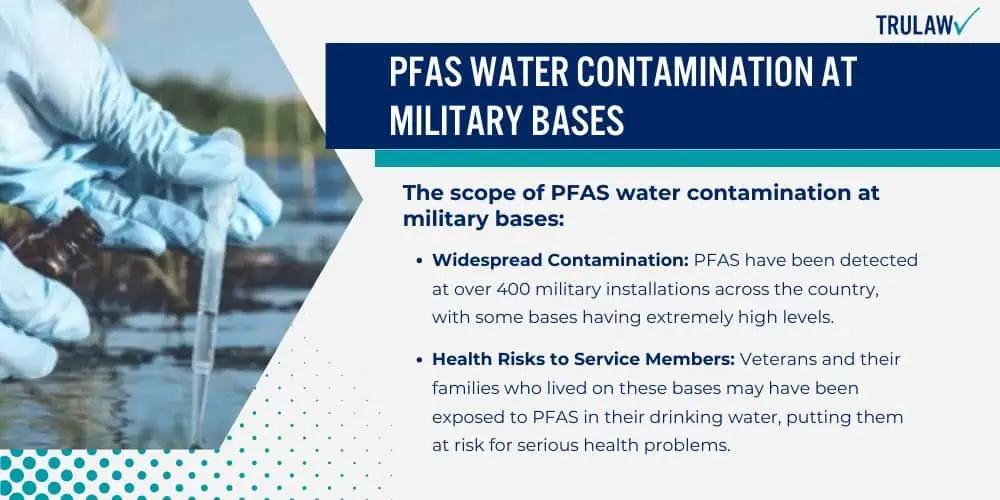The PFAS water contamination lawsuit alleges that chemical manufacturers released these toxic substances into the environment for decades.
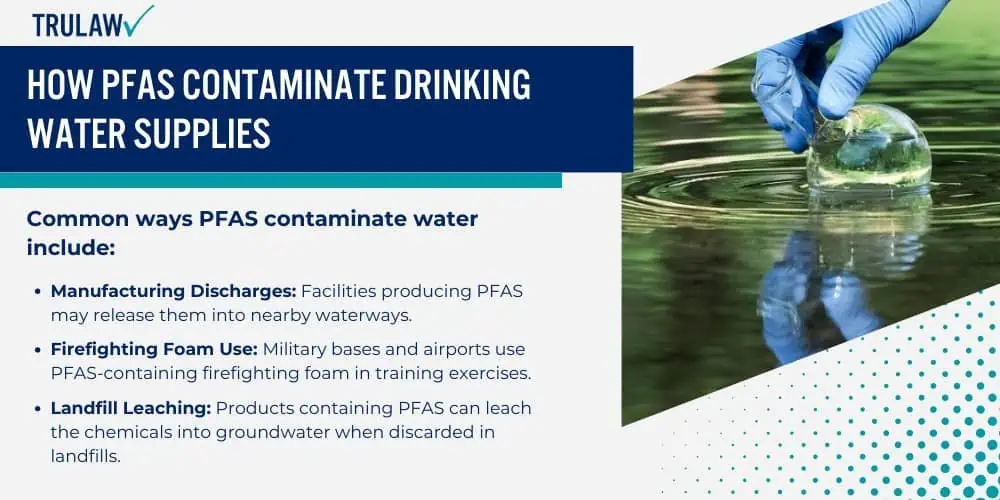
PFAS can enter groundwater and drinking water sources through industrial sites, airports, and military bases where PFAS chemicals are used heavily.
Common ways PFAS contaminate water include:
- Manufacturing Discharges: Facilities producing PFAS may release them into nearby waterways.
- Firefighting Foam Use: Military bases and airports use PFAS-containing firefighting foam in training exercises.
- Landfill Leaching: Products containing PFAS can leach the chemicals into groundwater when discarded in landfills.
- Wastewater Treatment Plants: PFAS can pass through treatment systems and contaminate water downstream.
Once PFAS enter the environment, they persist indefinitely, cycling through water, soil, and air.
This makes PFAS removal extremely difficult and costly to remediate, underscoring the importance of PFAS water contamination lawsuits holding polluters accountable.
3M’s Knowledge of PFAS Water Contamination Risks
The PFAS water contamination lawsuit accuses 3M of knowing about and concealing the health and environmental dangers of PFAS as early as the 1970s.
Internal company documents suggest that 3M was aware that PFAS could accumulate in humans and cause harm.
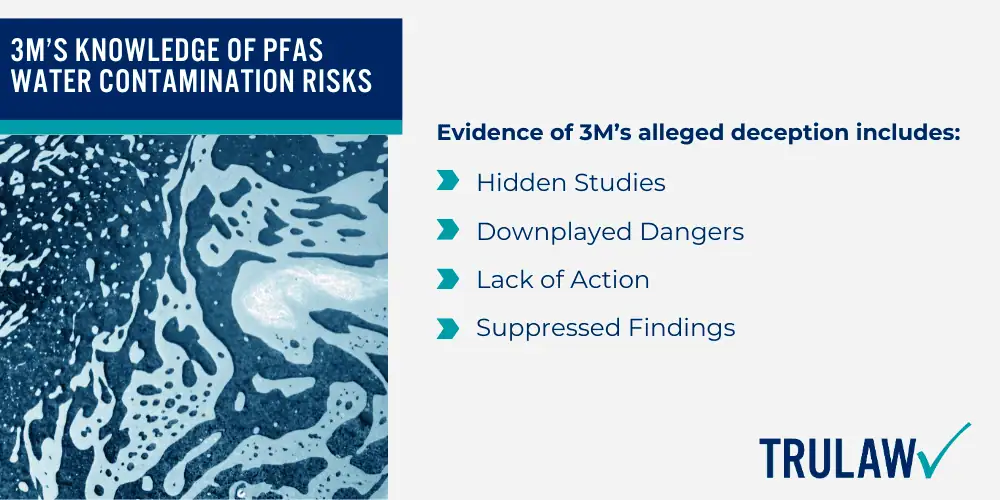
Evidence of 3M’s alleged deception includes:
- Hidden Studies: 3M research from the 1970s-80s found PFAS built up in human blood and animal organs.
- Downplayed Dangers: In 2000, 3M claimed no adverse health effects while sitting on evidence to the contrary.
- Lack of Action: 3M produced PFAS for decades without alerting the public or regulators to risks.
- Suppressed Findings: Former 3M scientists claim the company hid damning PFAS research to evade liability.
Individuals pursuing a PFAS water contamination lawsuit can point to 3M’s prior knowledge as proof the company acted negligently and put profits over people.
This strengthens the case for compensating victims.
Rise in PFAS Water Contamination Lawsuits Filed
As awareness of the PFAS water contamination crisis grows, so too does the number of PFAS water contamination lawsuits.
Individuals suffering from cancer and other health problems after exposure to PFAS-tainted water are taking legal action.
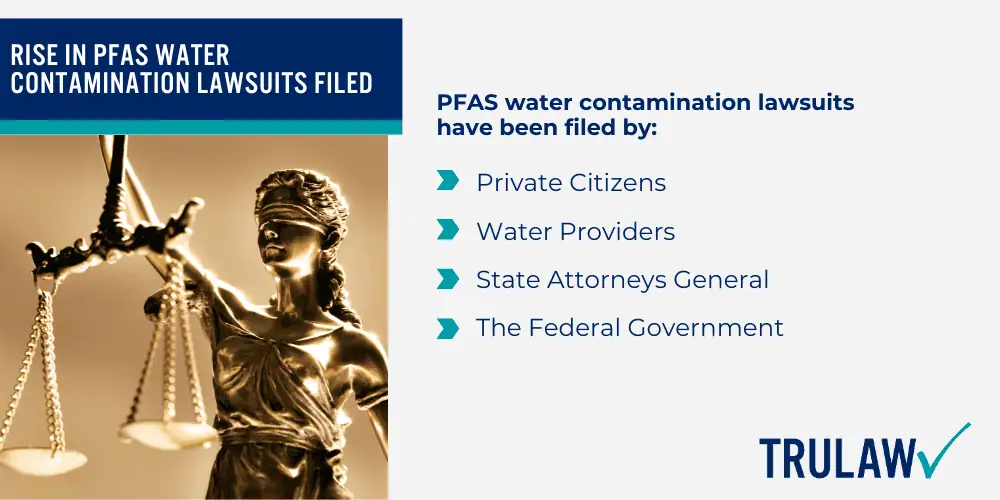
PFAS water contamination lawsuits have been filed by:
- Private Citizens: People who drank PFAS-contaminated water and developed serious illnesses.
- Water Providers: Cities and towns face huge costs to filter PFAS from public water systems.
- State Attorneys General: States like Ohio, New Hampshire, and Vermont are suing PFAS manufacturers.
- The Federal Government: The Department of Justice filed a PFAS water contamination lawsuit against 3M and DuPont.
If successful, these PFAS water contamination lawsuits could force companies to pay billions in cleanup costs and damages to affected individuals and communities.
Contact TruLaw today if you believe exposure to PFAS in your water made you sick.
